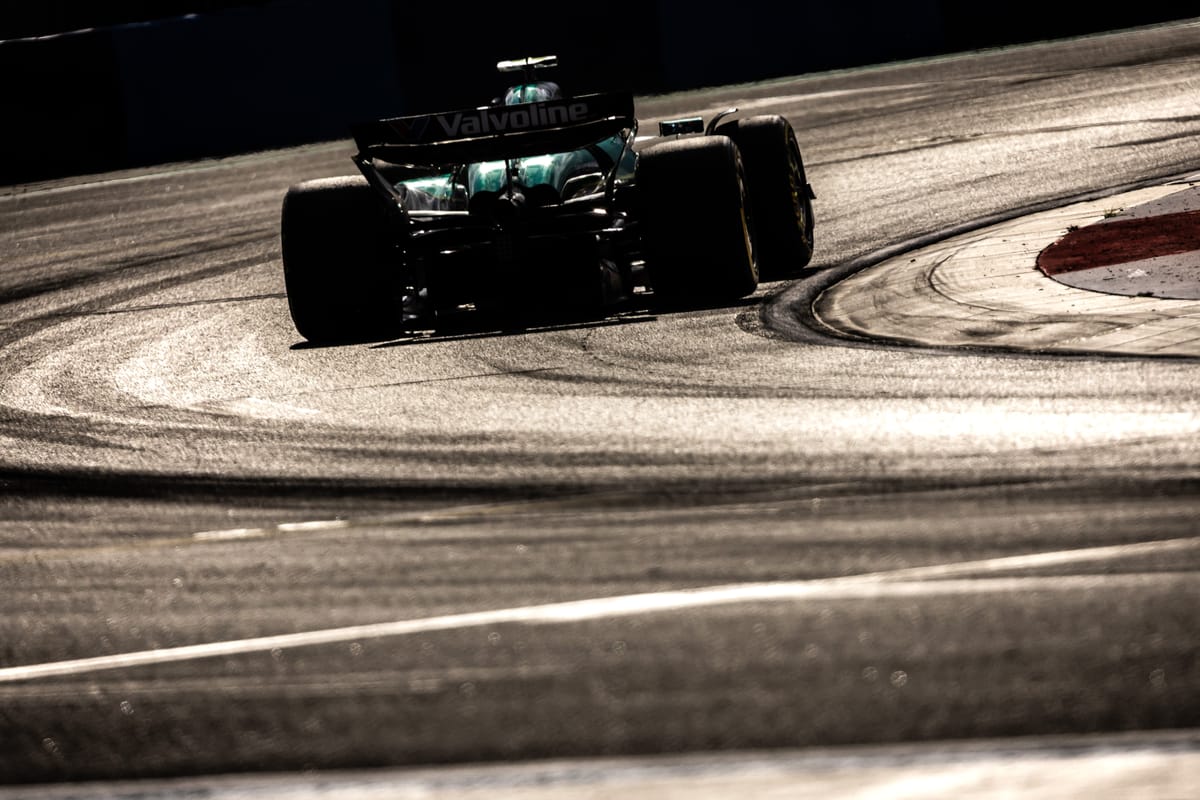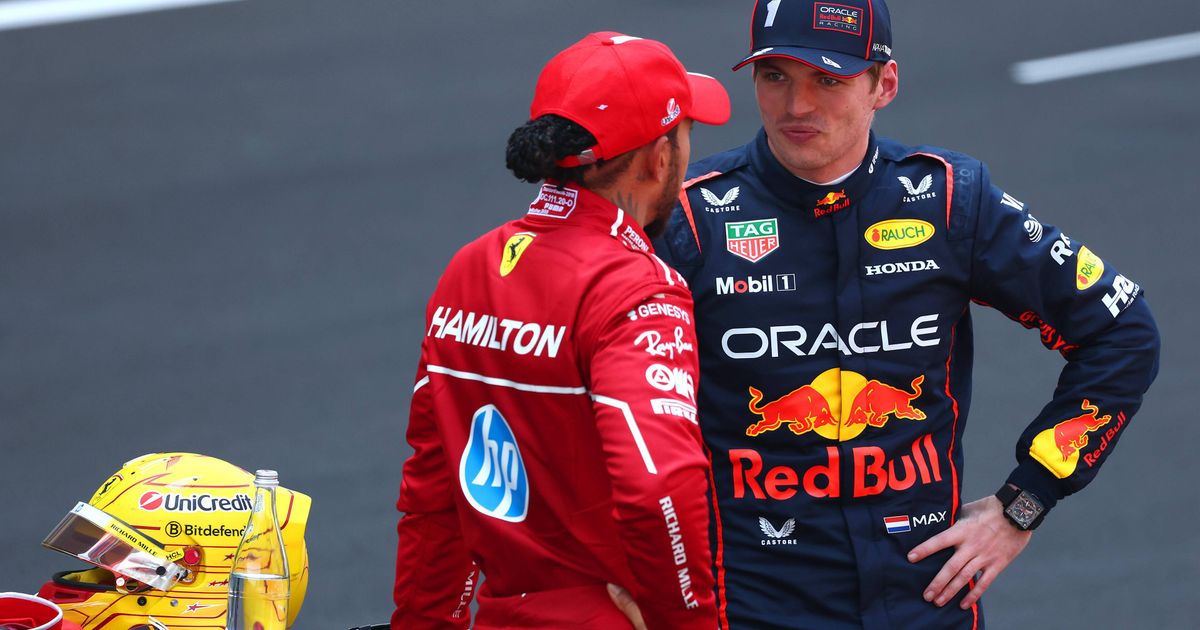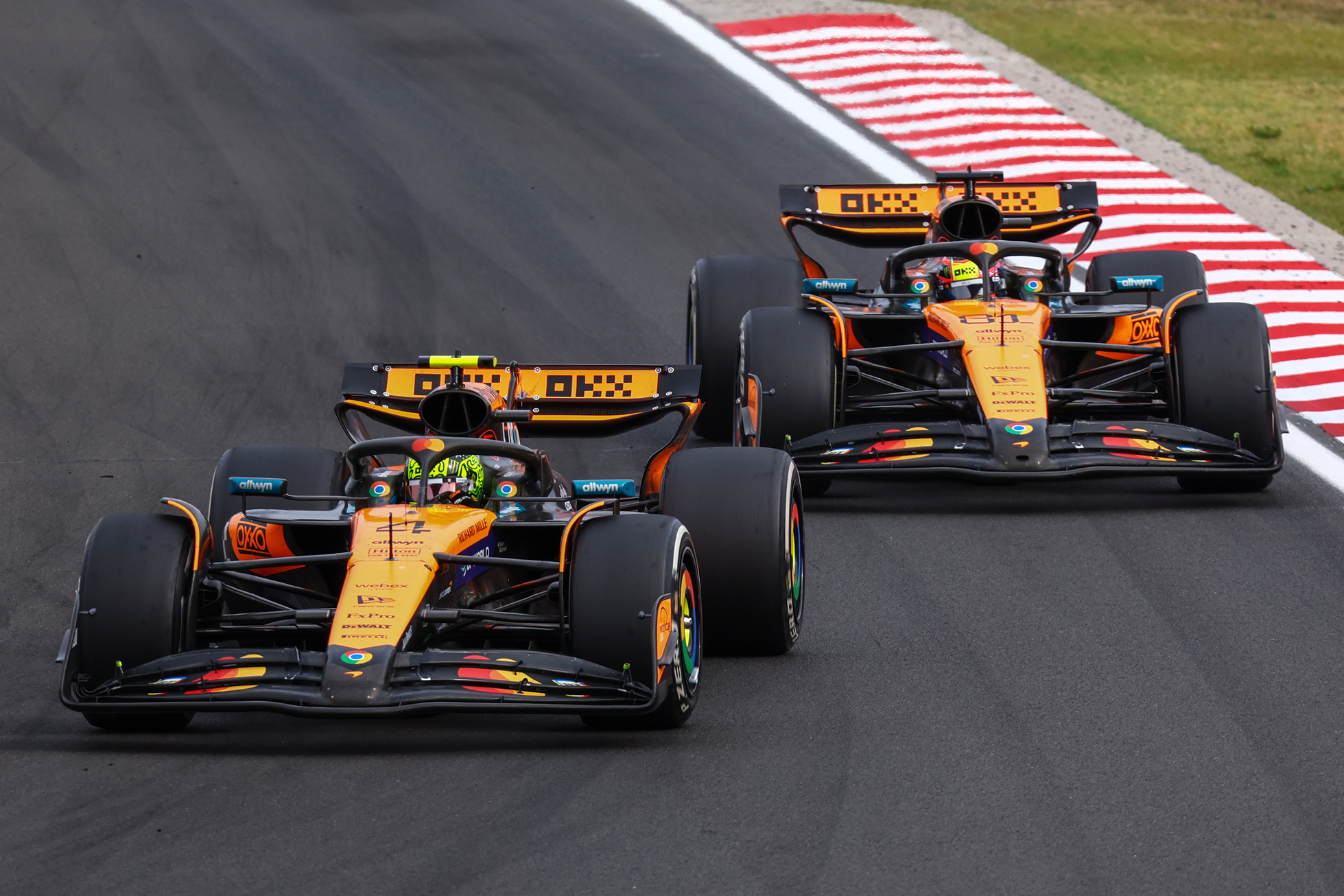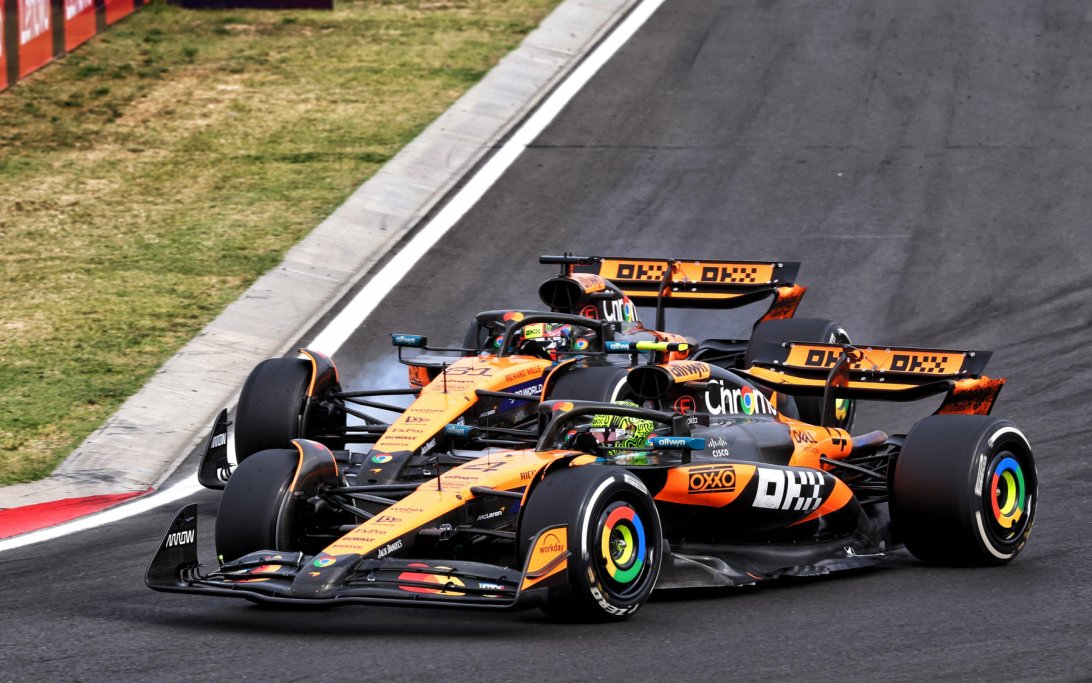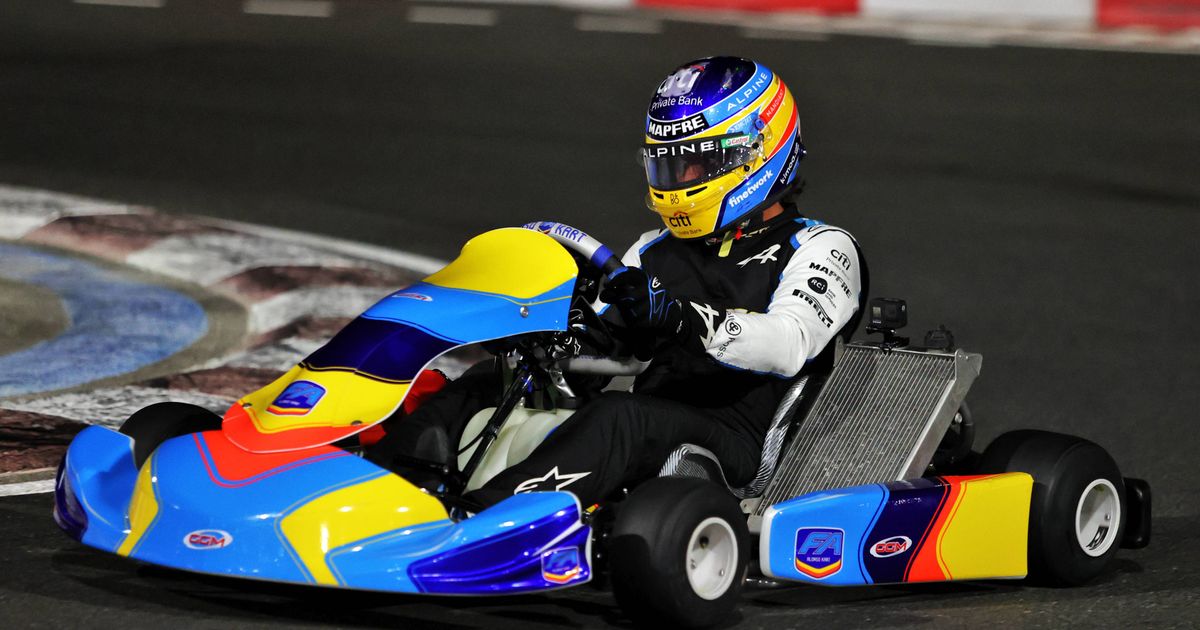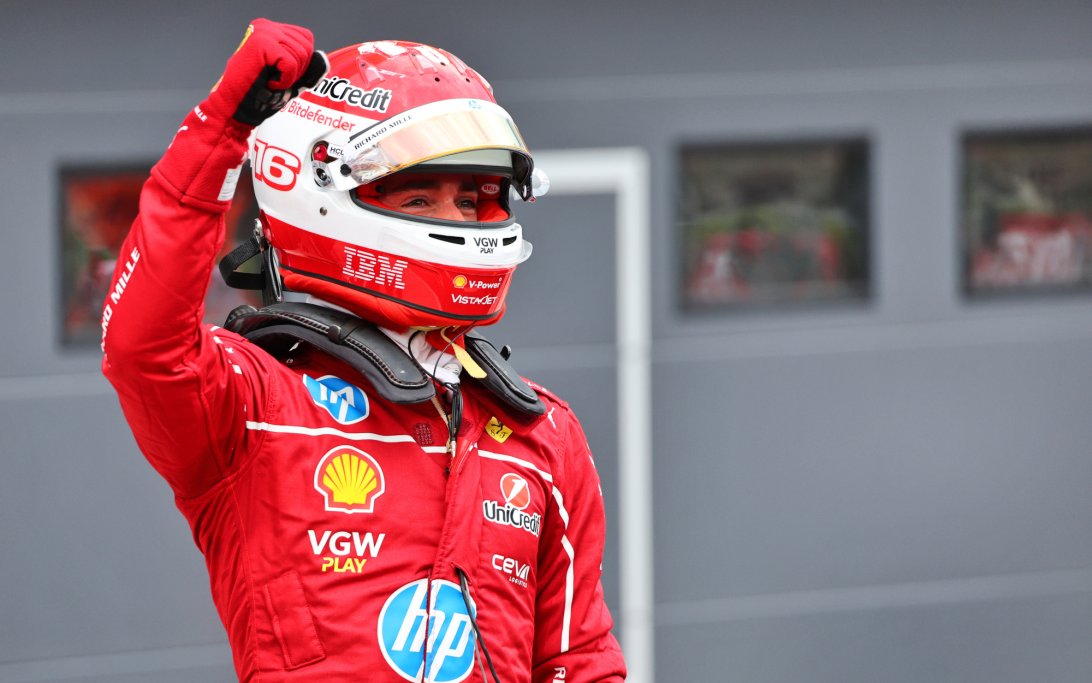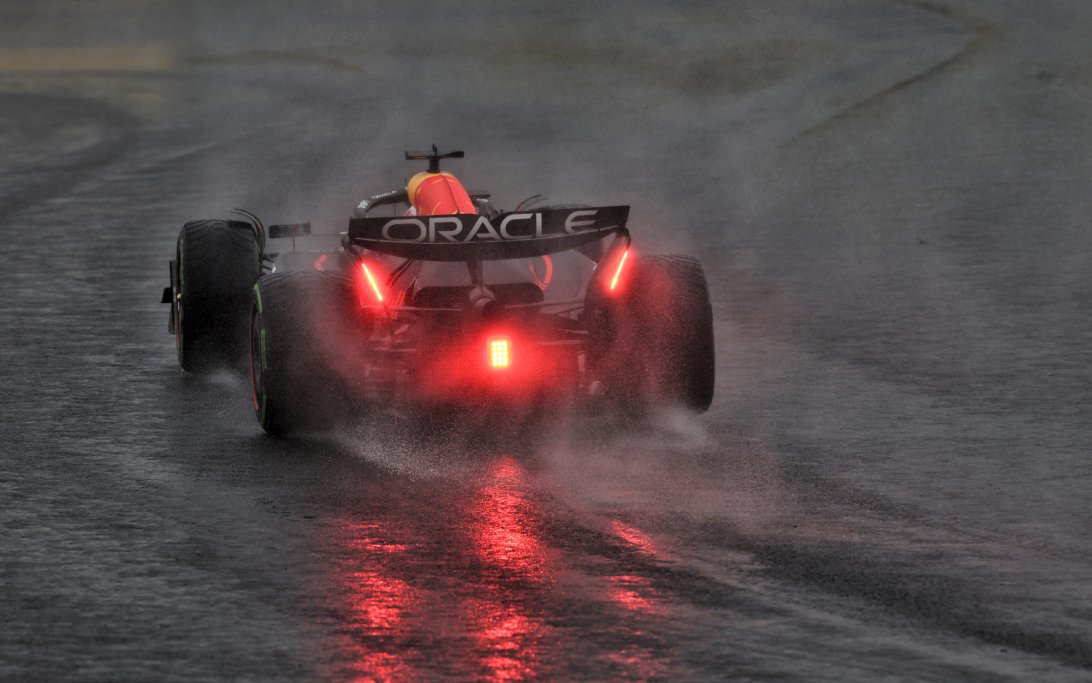The "extreme wet" Pirelli tyre, a source of major frustration for Formula 1 drivers, is almost certainly on its way out. Problems with visibility and safety in heavy rain have made its continued use untenable.
Why it matters
Since the introduction of ground-effect cars in 2022, the extreme wet tyre has been largely ineffective. These cars generate an immense wall of spray from their floors and diffusers, making visibility near zero for following drivers, even with the deeper grooves of the extreme wet tyres designed to displace more water. This poses a significant safety risk.
The details
Drivers have consistently voiced concerns, finding the tyres unsuitable for safe racing in true extreme wet conditions. A recent example was the Belgian Grand Prix, where heavy rain before the race prompted discussions about using the blue-striped extreme wets. However, race control ultimately waited for conditions to improve for intermediates, conducting four safety car laps before a rolling start.
Pirelli's perspective
Mario Isola, Pirelli's motorsport director, confirmed in an exclusive interview with RacingNews365 that the extreme wet was not considered for Spa due to the high-speed, dangerous sections. He also noted that at Silverstone, visibility was insufficient even with well-functioning intermediate tyres. "It's impossible to change the situation this year because the cars have these characteristics, where they are spraying a lot of water from the floor, from the diffuser, and you cannot change it now," Isola stated.
What's next
Looking to next season and upcoming regulation changes, Isola hopes for improvements. While 2024 cars will be "different" and tyres slightly smaller, potentially reducing spray, he isn't "100 percent sure that we're going to use the X wet again" this season. He emphasized that the extreme wet's high spray level compromises visibility to such an extent that "you reach a certain point of water on the track that is just over the crossover between the intermediate and the wet, and it's the time for red flagging the session." This suggests a shift to red flags rather than extreme wet usage in severe conditions.





